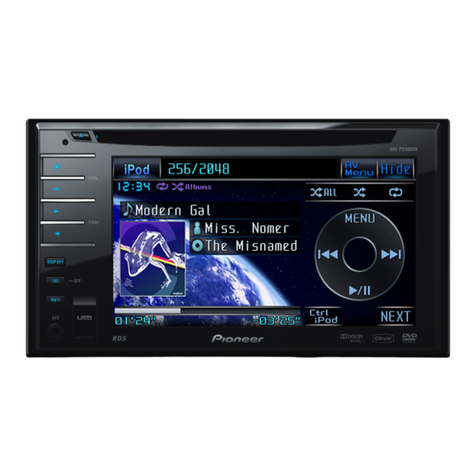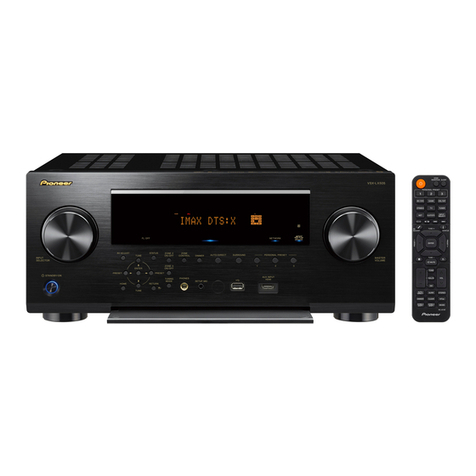Pioneer SX-1280 User manual
Other Pioneer Stereo Receiver manuals
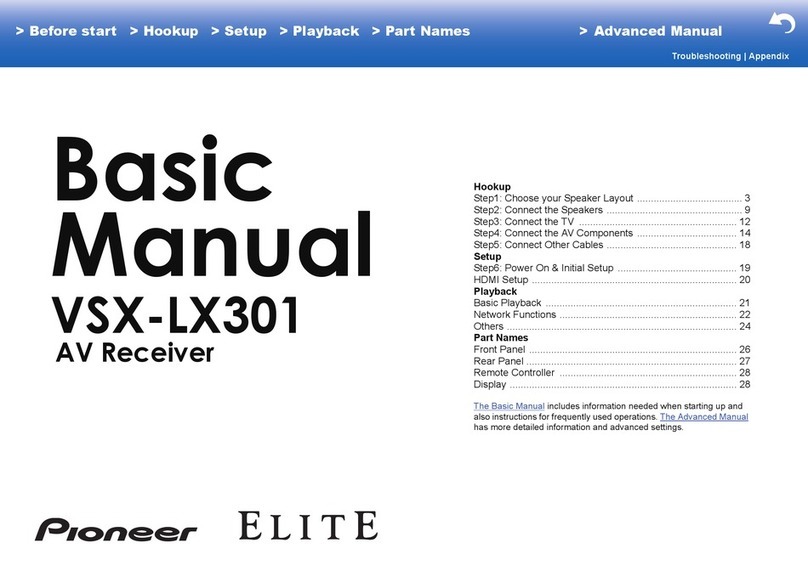
Pioneer
Pioneer VSX-LX301 Installation guide

Pioneer
Pioneer AVH-1300NEX User manual
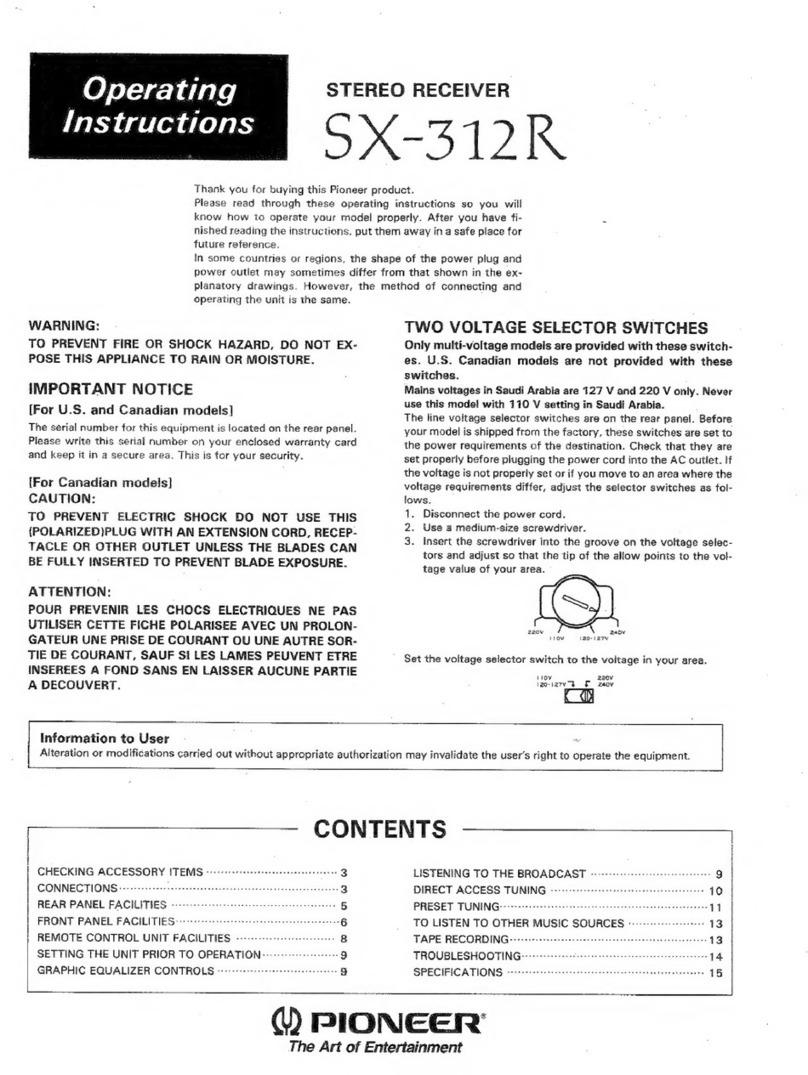
Pioneer
Pioneer SX-312R User manual

Pioneer
Pioneer DMH-1500NEX User manual
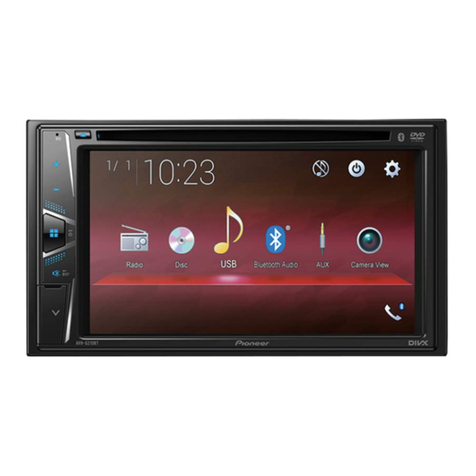
Pioneer
Pioneer AVH-G215BT User manual

Pioneer
Pioneer 130AVHP65D User manual
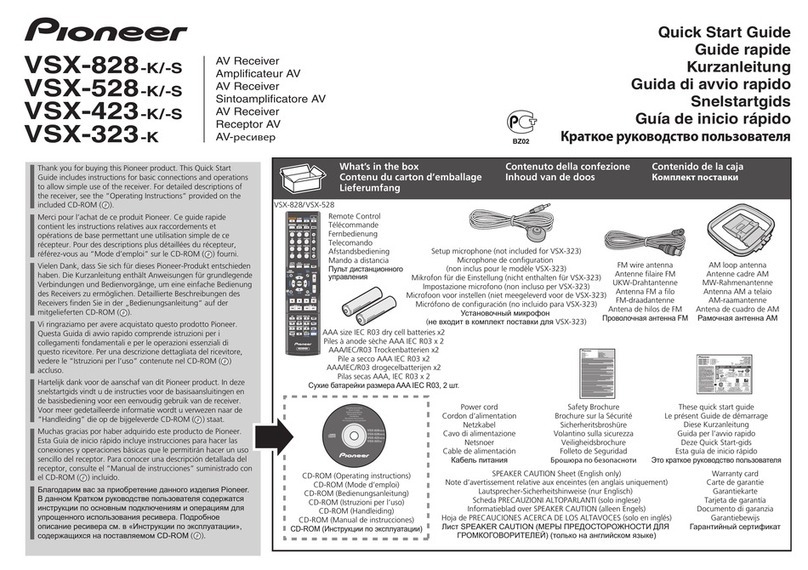
Pioneer
Pioneer VSX-828-S User manual
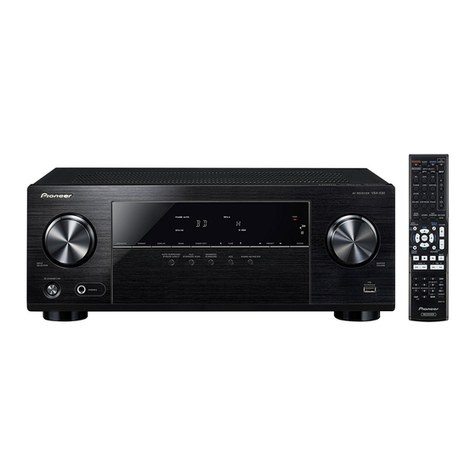
Pioneer
Pioneer VSX-530-K User manual

Pioneer
Pioneer AVH-Z7200DAB User manual

Pioneer
Pioneer SX-626 User manual
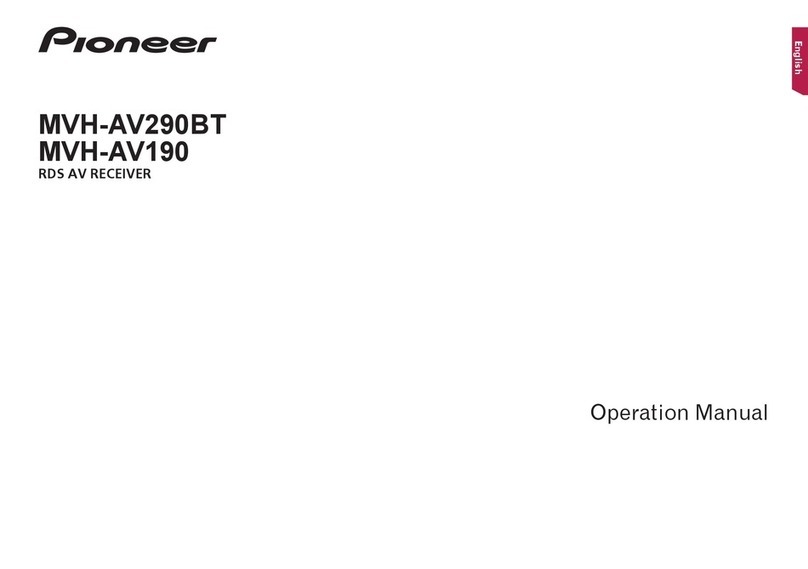
Pioneer
Pioneer MVH-AV190 User manual
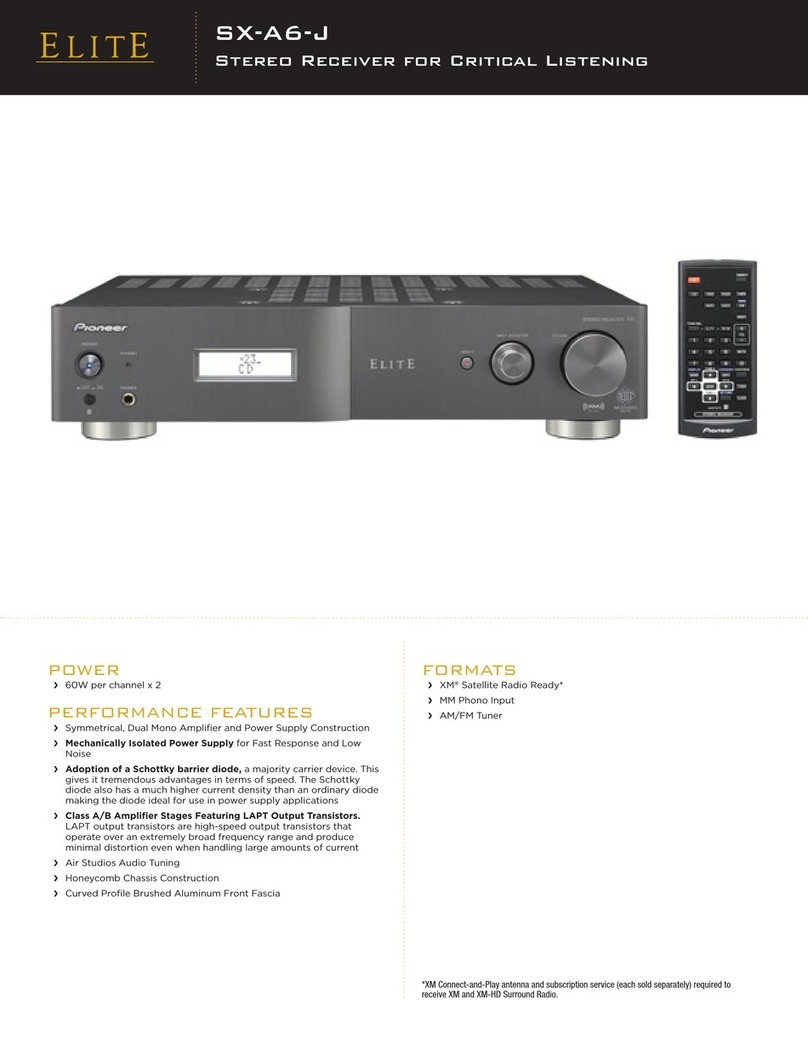
Pioneer
Pioneer Elite SX-A6-J User manual
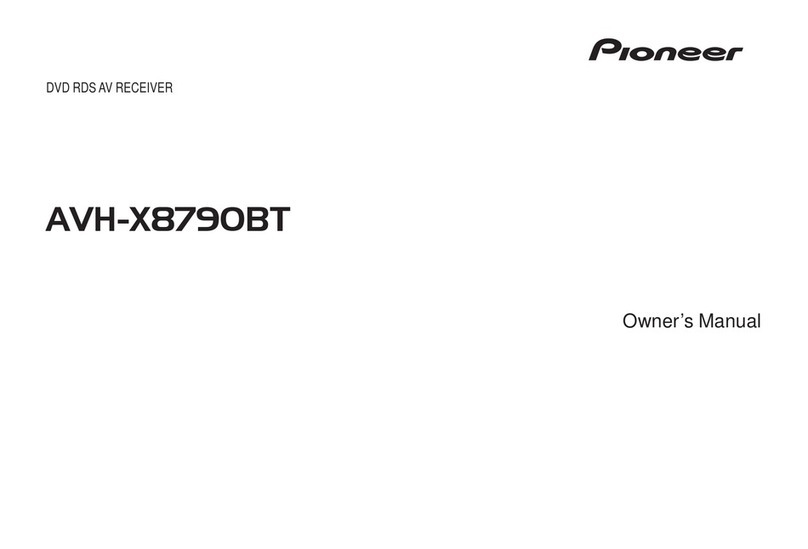
Pioneer
Pioneer AVH-X8790BT User manual

Pioneer
Pioneer SX-950 Reference guide

Pioneer
Pioneer SF-6000/FW User manual
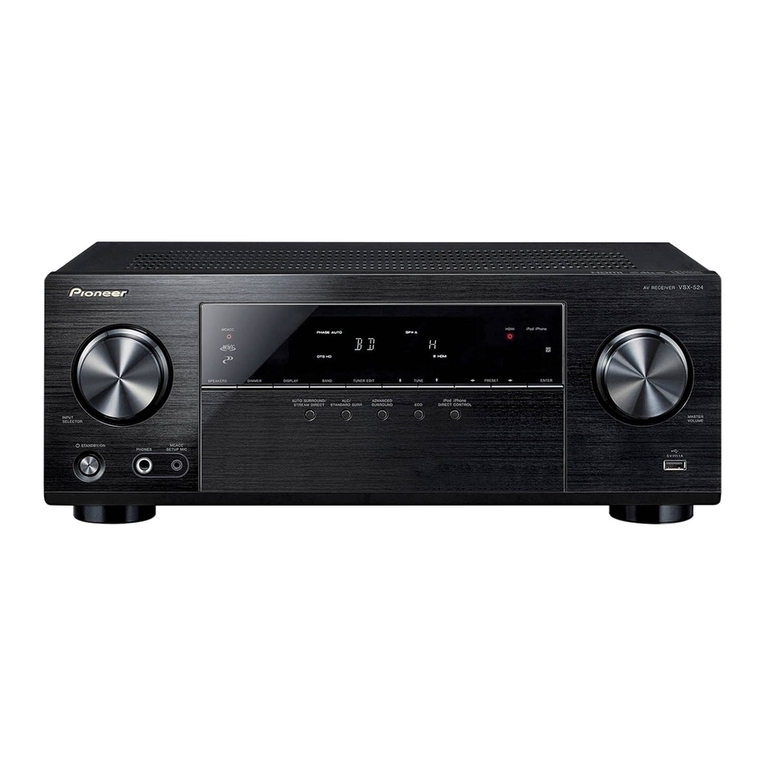
Pioneer
Pioneer VSX-524-K User manual
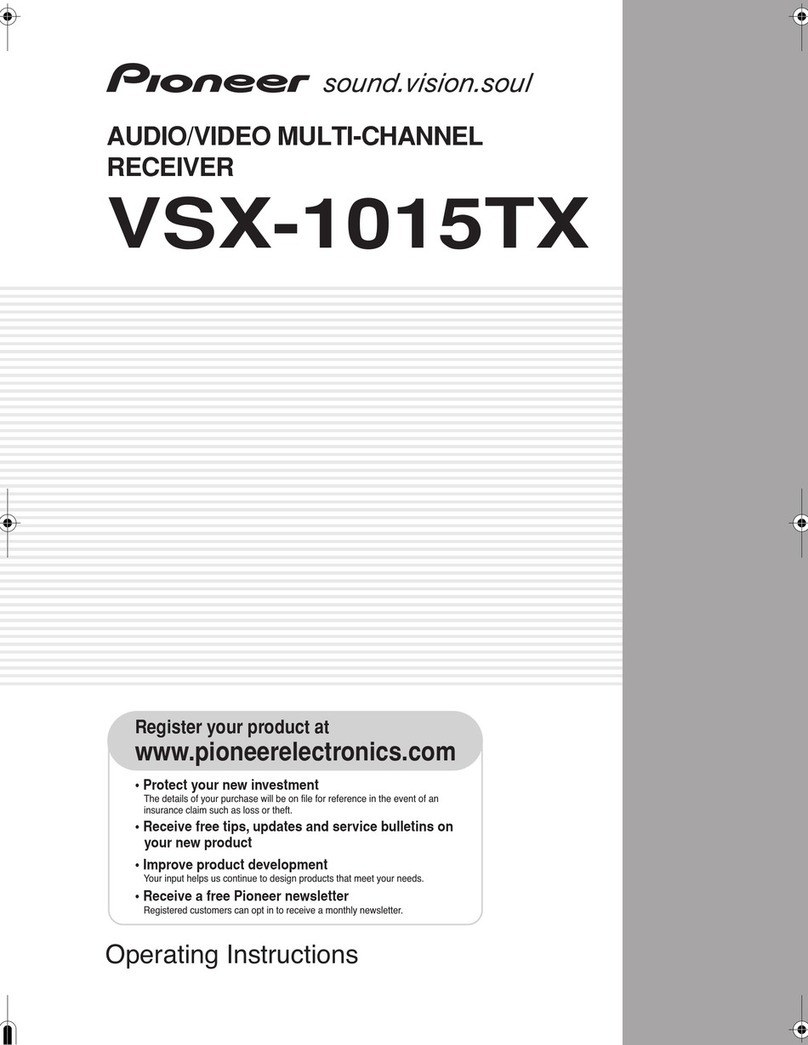
Pioneer
Pioneer VSX-1015TX User manual
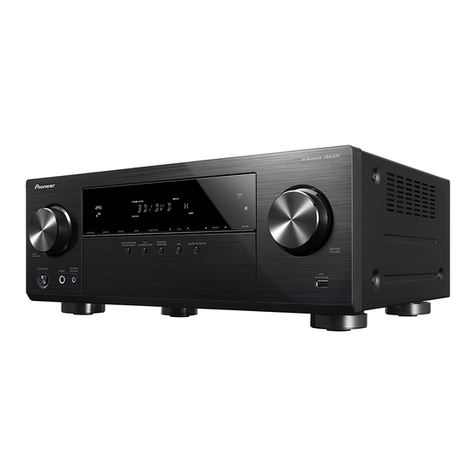
Pioneer
Pioneer VSX-532 User manual

Pioneer
Pioneer VSX-411S User manual
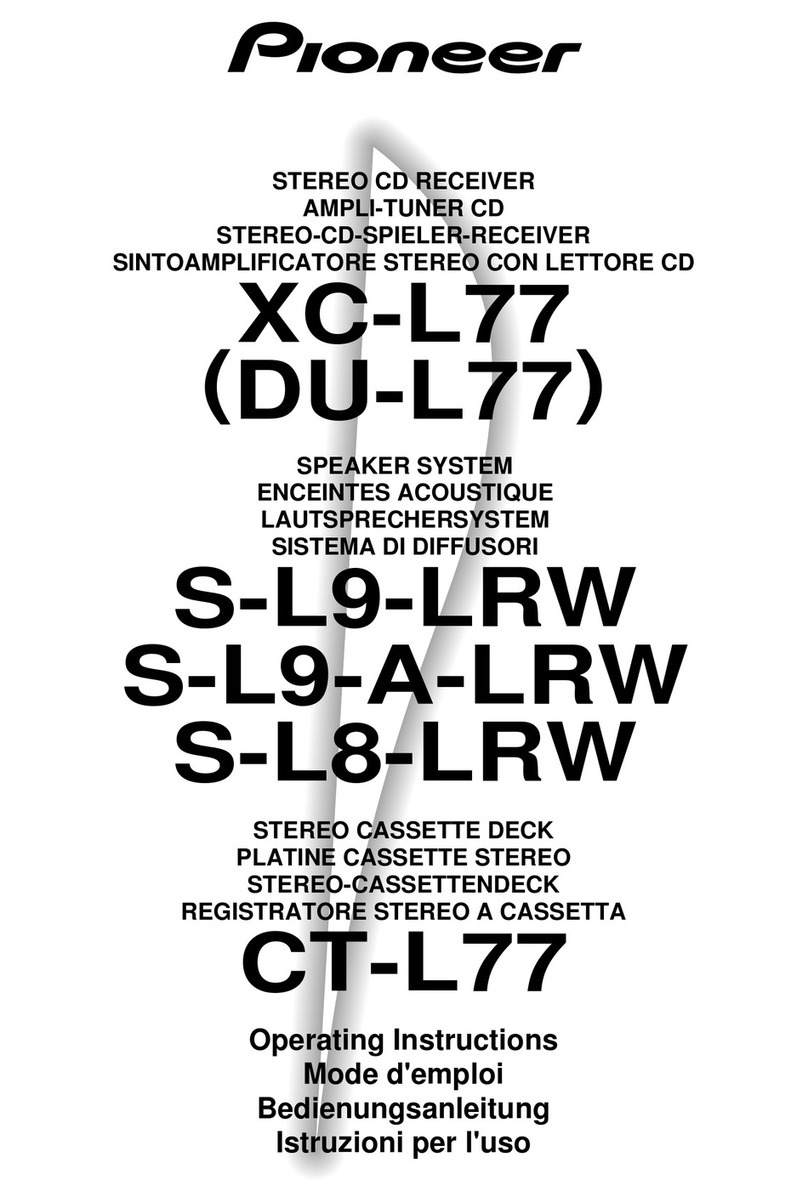
Pioneer
Pioneer CT-L77 User manual
Popular Stereo Receiver manuals by other brands

Sony
Sony STR-DE535 - Fm Stereo/fm-am Receiver operating instructions

Yamaha
Yamaha MusicCast TSR-5B3D owner's manual

Sony
Sony STR-DG500 - Multi Channel Av Receiver Service manual

Sherwood
Sherwood Newcastle RX-770 operating instructions

Panasonic
Panasonic AJSD955B - DVCPRO50 STUDIO DECK Brochure & specs
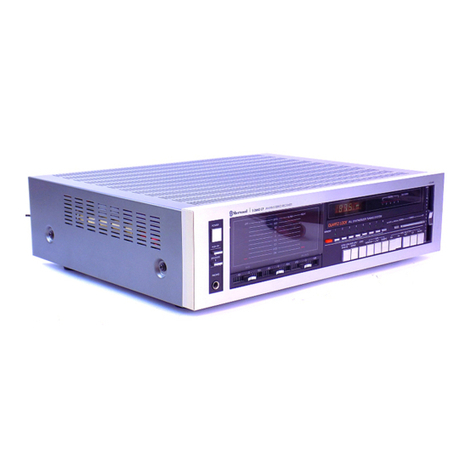
Sherwood
Sherwood S-2660CP operation instruction


